|
What you see are pictures of plants in my yard. Some are established, some are new and will be planted soon. My plan for this blog was to write about roses, but that'll wait for another month. You see, I'm having too much fun exploring my own yard! Since most of us are stuck at home, this is the perfect time for you to explore your own yard! My husband and I live on almost an acre of land which is, thankfully, not part of a homeowner's association. While DH sees weeds that he would like to get rid of, I keep finding plants that I want to see flourish. We've come to a few compromises on this. He's letting me keep the far back section all natural (since that part of the yard is almost always wet and the lawn mower usually gets stuck back there). The rest of the yard will be mowed as needed when it's dry enough. In addition, I've chosen some greenery that he'll plant for me. So, what are the pictures? The first two are of our Knock Out Rose Bush. We planted this about 7 or 8 years ago in a different location, then, a couple of years later, moved it to where it is now. As you can see, it's huge and happy. The roses have a beautiful aroma, and I've made hydrosols with them several times. The middle set of pictures are of the Rosa rugosa rose bushes and the Elderberry trees (Sambucus canadensis) that I bought a couple of weeks ago. The next-to-last picture is one of two Brown Turkey Fig Trees (Ficus carica) - also purchased two weeks ago. These were online purchases, so I have to say I'm really happy and impressed at how healthy these plants are! I'll be able to use various parts of all of these plants: the flowers and rose hips from the Rosa rugosa, the flowers and berries of the Elderberry trees, and the fruit of the Fig Trees (though the latter may take several years before they're big enough to produce fruit). The final picture is of Curly Dock (Rumex crispus L.). This is a new plant I found the other day during my 'yard walk', but there's not much of it yet. It's full of vitamins and minerals, and while the whole plant is edible in limited amounts, I plan to let this one spread some more. So what exactly do I mean when I say I'm exploring my own yard? I am literally walking slowly back and forth across my front yard and back yard for about 30 minutes daily looking down at the plants that are growing. Every time I see a flower or leaf that I don't recognize, I take pictures of it. When I finish my walk, I use an app called PlantNet to try and identify the new ones I've discovered. Often, this app gives me several possibilities, so I check my foraging books and plant recognition websites and FB pages as well. (The most recent, and most accurate website I've been using is www.foragingtexas.com and the most recent and accurate FB page is Wild Remedies.) Once I have a positive ID of a plant, I write about it and try to draw it in a notebook that is dedicated to this purpose. On each plant walk, I try to recognize and name the plants I've already identified from previous days. Except for one time with Chickweed, I haven't harvested anything yet - though I think I need to pull some of those lovely wild onions. In the long run, these plants will feed bees, birds, other animals, and us. My main focus right now is to learn how to identify the plants, give ones like the Curly Dock time to spread, and plant some that are already common to, and will flourish in, this area. Within a few years, I'd love to be able to regularly harvest plants and herbs for us for food and medicinal use. Plants I've identified in my yard to date (not all are usable/some are toxic): Blue-eyed Grass - no human use Blue Fieldmadder - no human use Carolina Bristle Mallow - leaves are edible - made into tea Carolina Geranium - can be used topically only Clover - edible with specific cautions Creeping Buttercup - toxic Chickweed - edible Curly Dock - edible Dandelion - edible Sow Thistle - edible Horseweed - edible Northoscordum bivalve (false onion - crowpoison) - toxic Wild Lettuce - edible with specific cautions Wild Onion/Garlic - edible I need to give a strong word of caution with these - and it's the reason I'm not eating my weeds yet. Some of these are edible in small amounts only. Some have toxic look-alikes. Some need to be eaten fairly quickly or they turn toxic. Please do not just go out and start adding your weeds to salads! Learn about them first and be sure you have a positive identification. If you use chemicals on your yard, I recommend you do not eat the weeds. This time of being home can be a true blessing for all of us. If you have kids, take them out on daily yard walks. Think of all the Science and Math they can get measuring plants, drawing what they see, researching those plants in books and online, learning how they can use those plants, and learning to love and respect nature with the people they love the most.
0 Comments
Leave a Reply. |
DisclaimerThe information contained in this blog is for educational purposes only and has not been evaluated by the Food and Drug Administration. Archives
March 2021
Categories |
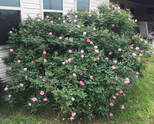
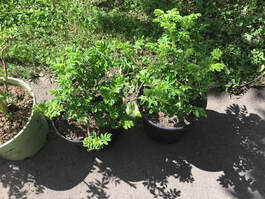
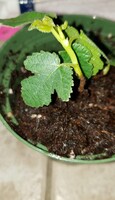
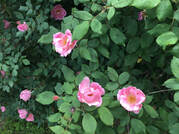
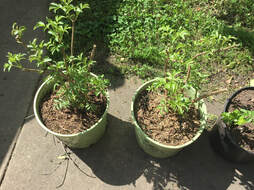
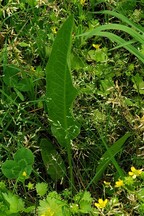
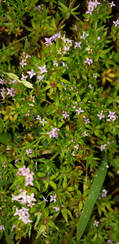
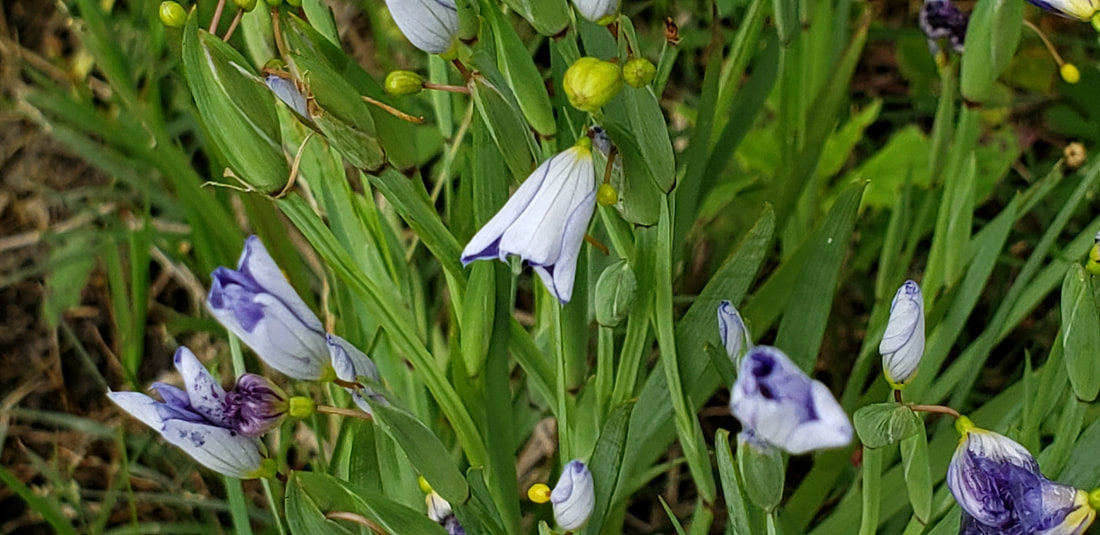
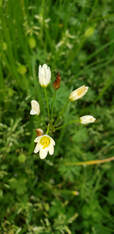
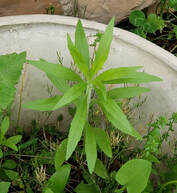

 RSS Feed
RSS Feed